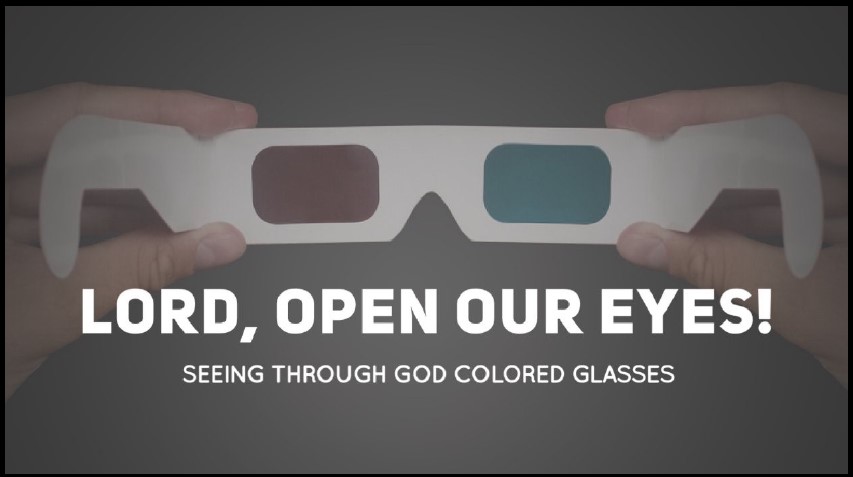Blindness and sight, light and darkness, rejection of those in power and anointing of those who are unknown – these are the threads in the Lectionary readings of this week. The heart of the theme is this: how do we choose to see?
Samuel is tempted to look at Jesse’s sons in an ordinary human way – outward strength and primacy in the family hierarchy – but God commands him to look differently, ultimately choosing the son who is the least.
Paul encourages believers to walk in God’s light, avoiding the “deeds of darkness” that cause brokenness, stumbling and pain, but rather seeking to live in the light – seeing clearly and moving securely through the world because we can see.
David’s famous psalm gives a picture of what this “living in the light” looks like – being shepherded by God in grace and nurture.
Finally, and most importantly, the Gospel uses a dramatic story to show the difference between those who claim to see but don’t, and those who truly can see. The corruption, power-grabbing and judgmental condemnation of anything new and different is a mark of those who cannot see – although they always protest that they see clearly. On the other hand, the acceptance, healing and grace that Jesus shows – and the response in worship of those who have been made to see by Christ’s touch – is the mark of those who “live in the light”. Our choice, then, as individuals and as Church, is whether we will allow God’s light to change how we see, or whether we will go through the motions and continue to see as the rest of society does, while claiming falsely that we see as God does.
May our eyes be opened in new ways to God’s glory, God’s light and our place in God’s purposes as we worship this week.

